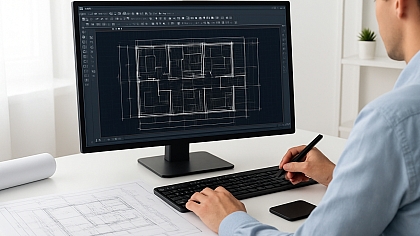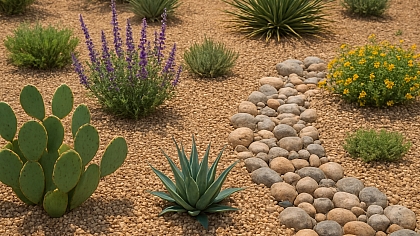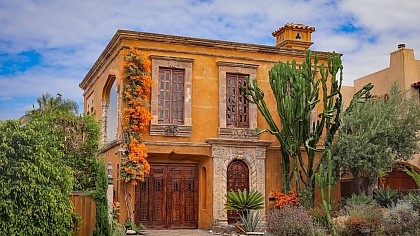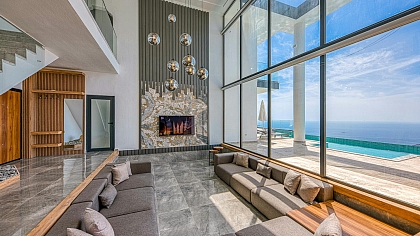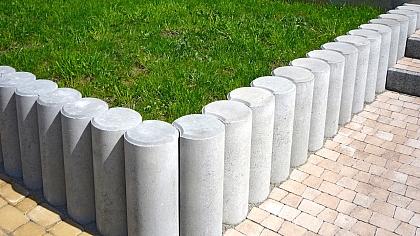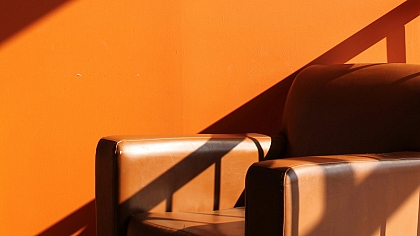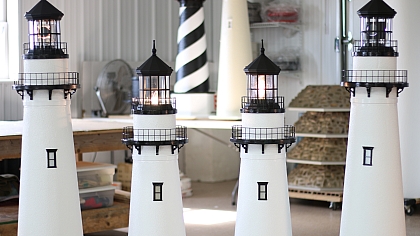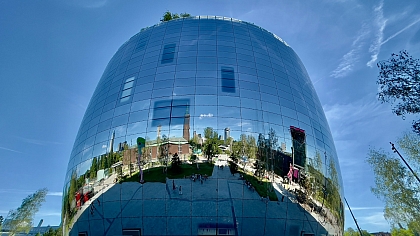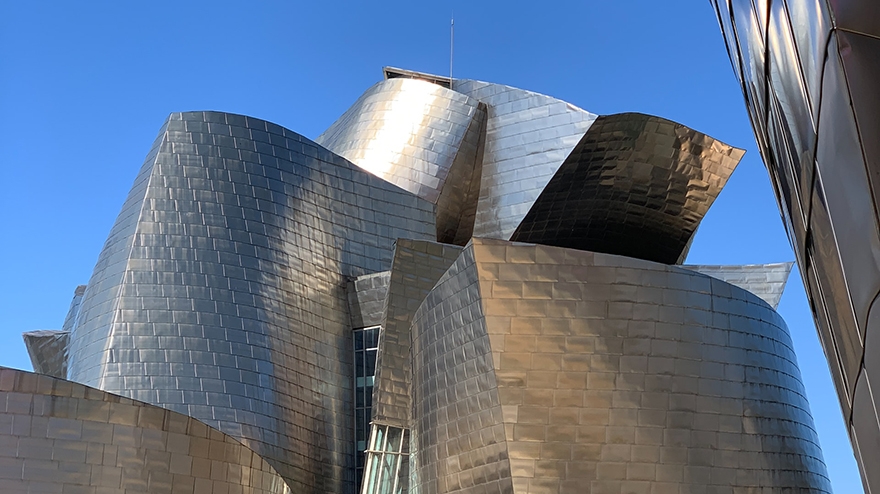
5 Amazing Museums in the Architectural World
Museum architecture has always been of great value and interest throughout history. Designing a museum is an exhilarating experience for architects and other designers. While creating a design for a museum, an architect needs to focus on key factors including conservation and display of historical artefacts in a specific ambience and climate control taking a holistic approach to design.
A museum is an institution where historical objects of artistic, religious and scientific significance are preserved and exhibited to people to educate and entertain them. It may sometimes be a symbol of commemoration. At times, museum architecture requires converting the old historical building into a new development while keeping its existing historical features or structure that harmoniously merge with the new design excitingly. Museums can range from small to large institutions depending on the type.
There are various kinds of museums such as natural history museums, art museums, science museums, transportation museums, anthropology museums, archaeology museums and many others.
Guggenheim Bilbao Museum, Basque Country, Spain
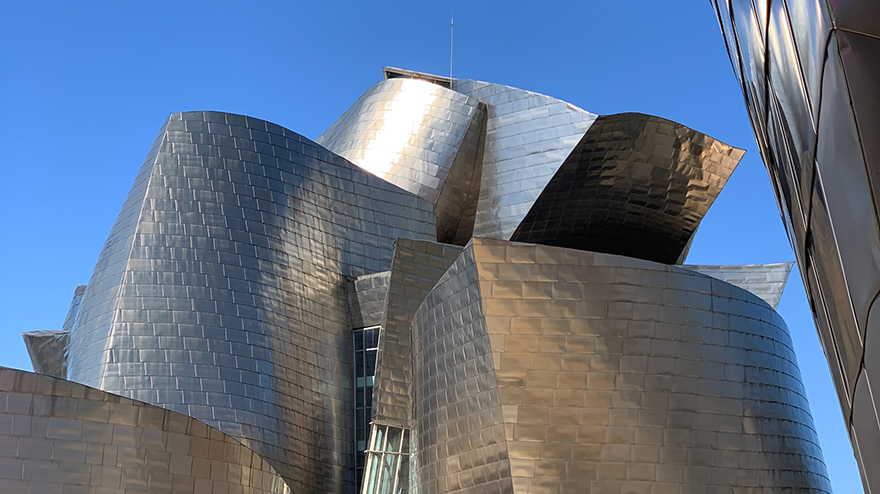
Guggenheim Bilbao Museum is an art museum in Spain. It was designed by a well-known architect Frank Gehry based on contemporary architecture. It was established in 1997. The design takes its astonishing form through the innovative bold curved architecture on the exterior. The architect designed them in a way to catch the light. The building is cladded with titanium panels assembled on steel structure giving a shimmery look to the facade. It is one of the prominent landmarks of the deconstructionism movement.
Lahore Museum, Lahore, Pakistan
Lahore Museum is an art, archaeology and modern history museum located in Lahore, Pakistan. It is designed on the concept of Mughal architecture blending elements from British Colonial architecture by a renowned architect Sir Ganga Ram. It was built during the British period in 1894. The façade is covered with red bricks with Mughal-Gothic architecture.
British Museum, London, England
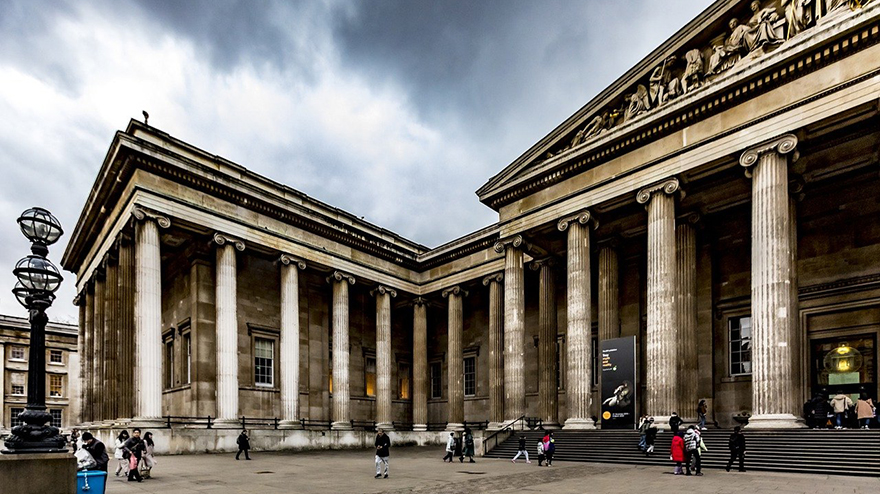 British Museum is an art, culture and human history museum located in London, England. It was first established in 1753. The museum core was designed on Greek Revival architecture by the architect Sir Robert Smirke in 1823. Classical Greek ionic columns, pediment and raised podium are the main architectural elements of the structure. It was built on a concrete base and cladded with Portland stone.
British Museum is an art, culture and human history museum located in London, England. It was first established in 1753. The museum core was designed on Greek Revival architecture by the architect Sir Robert Smirke in 1823. Classical Greek ionic columns, pediment and raised podium are the main architectural elements of the structure. It was built on a concrete base and cladded with Portland stone.
Louvre Museum, Paris, France
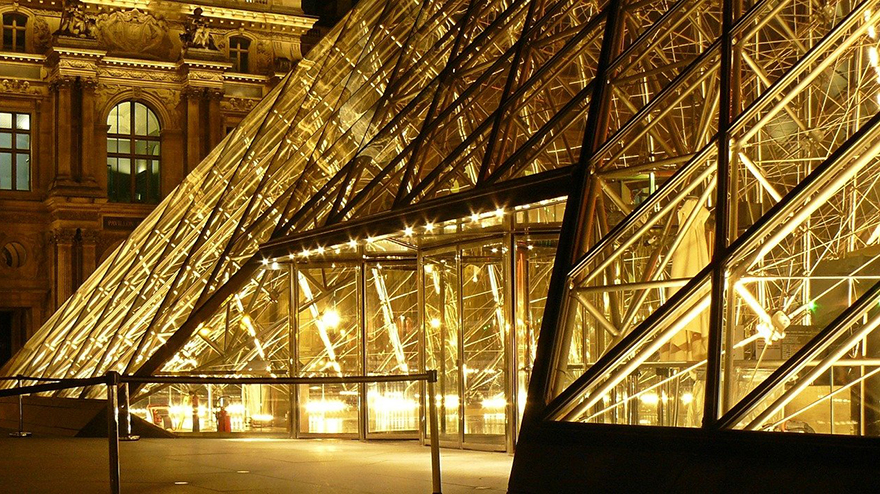 The Louvre Museum is an art and history museum located in Paris, France. The Glass pyramid was designed in the central courtyard by architect I. M. Pei. This large pyramid serves as the entrance to the museum and it was completed in 1989.
The Louvre Museum is an art and history museum located in Paris, France. The Glass pyramid was designed in the central courtyard by architect I. M. Pei. This large pyramid serves as the entrance to the museum and it was completed in 1989.
Museo Soumaya, Mexico City, Mexico
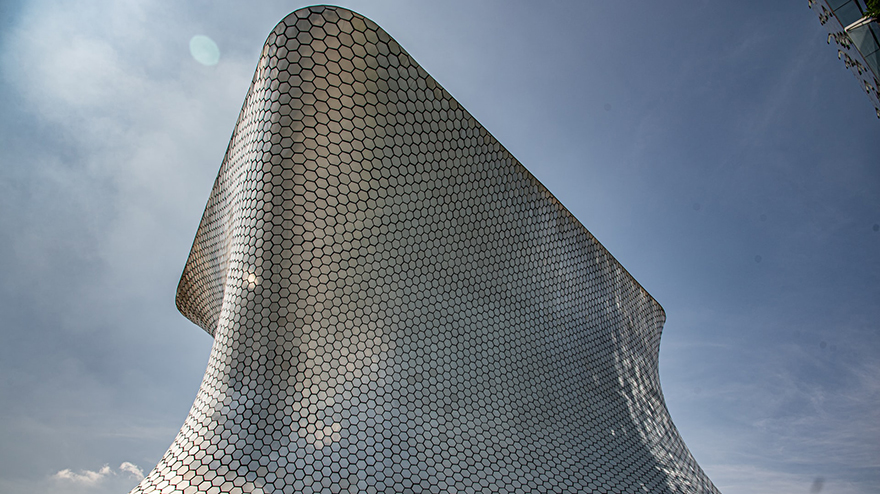
Museo Soumaya is an art museum in Mexico City comprising two buildings such as Plaza Carso and Plaza Loreto. Museo Soumaya’s new building was designed by the architect Fernando Romero at Plaza Carso. It opened to the public in 2011. It has six floors with a total height of 46m. On the exterior, it is cladded with 16000 aluminium panels in hexagonal geometry assembled on a curved façade that gives a shiny appearance to the museum structure.

